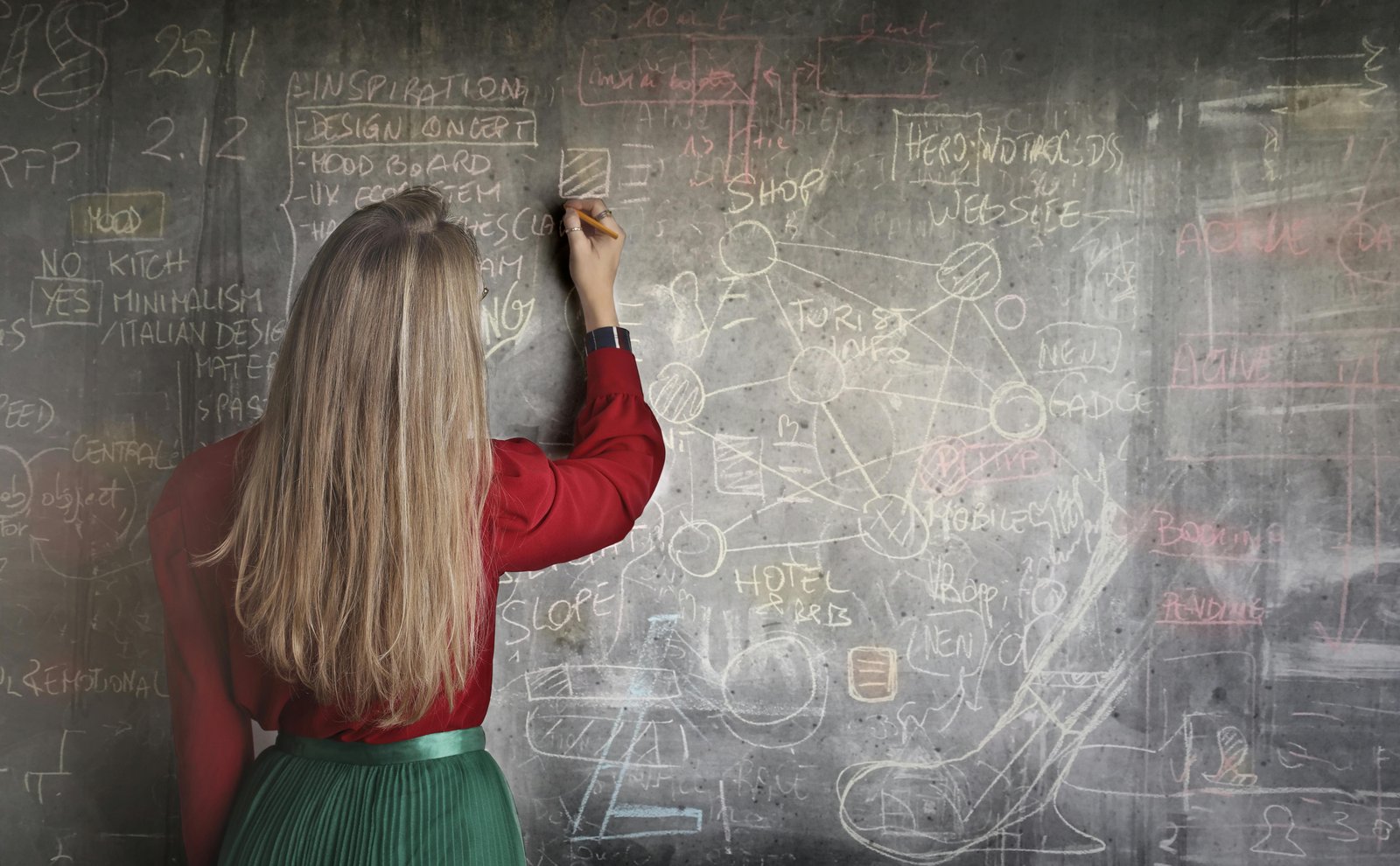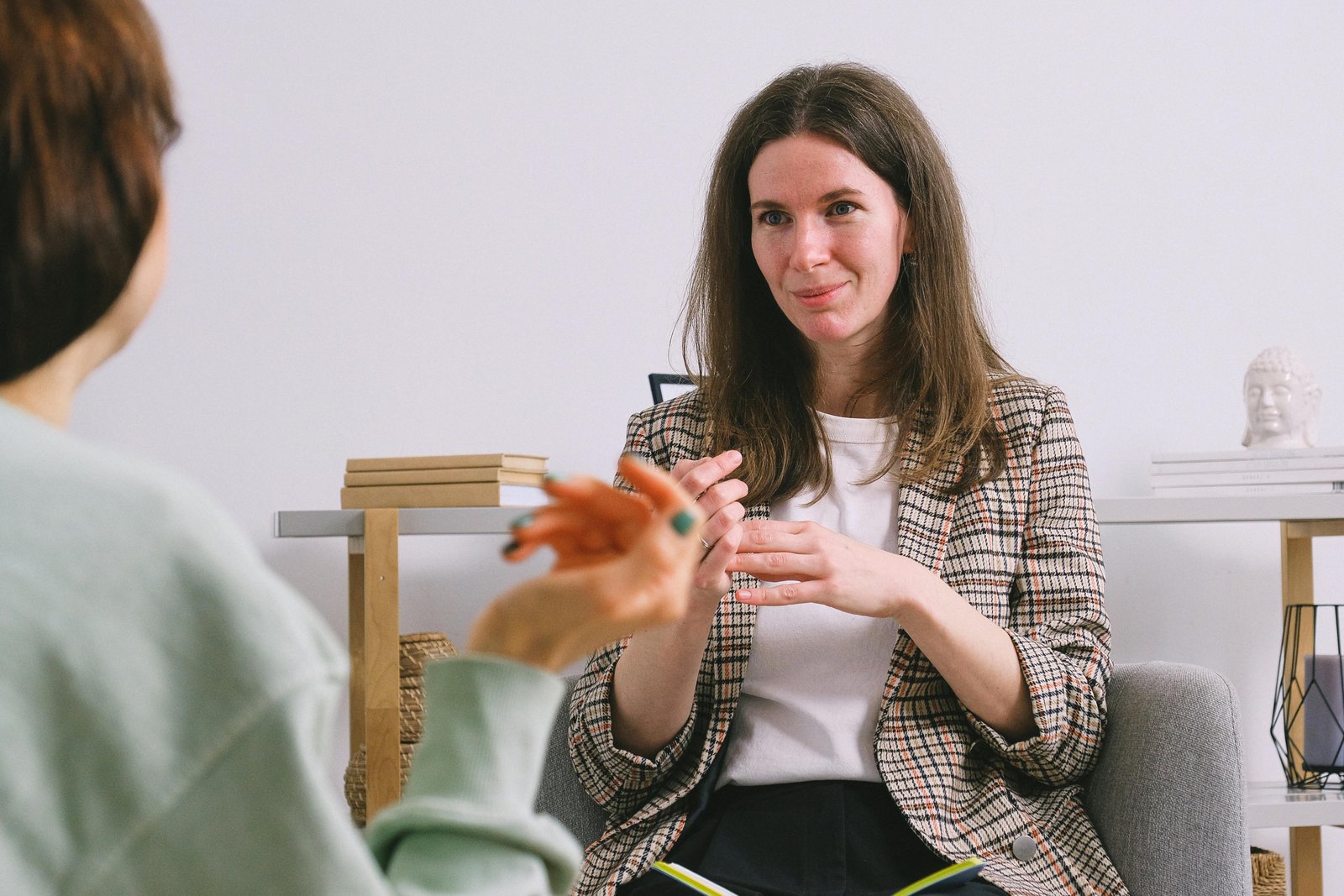Unlocking Student Potential: Transforming Middle School Education with Learning Champ
Consider a middle school classroom where students are often categorized based on surface-level observations – "hyperactive," "lazy," or "careless." These labels fail to recognize the diverse strengths and abilities of students, leading to limited opportunities for success. Traditional teaching methods further exacerbate the issue by focusing solely on memorization and standardized assessments, leaving many students feeling uninspired and disconnected from their learning journey.
Imagine a student labelled as "hyperactive" due to their tendency to fidget and move during class. Despite possessing unique talents and strengths, they are overlooked and misunderstood by their teachers and peers. It is possible that the student is a kinaesthetic genius! This one-size-fits-all approach to education stifles creativity and innovation, hindering the development of future leaders and problem-solvers.
However, with the integration of learning style, multiple intelligence, and mindfulness assessments, teachers gain valuable insights into the individual needs of their students. This allows for personalized instruction that caters to diverse learning styles, intelligences, and mindfulness levels, creating a supportive learning environment where every student feels valued and empowered to succeed.
Incorporating Learning Styles, Multiple Intelligences, and Mindfulness Assessments: Middle school teachers can enhance their teaching practices by incorporating activities that cater to different learning styles, multiple intelligences, and mindfulness levels. For example:
- Visual learners benefit from visual aids such as diagrams, charts, and videos during lectures. Teachers can encourage visual note-taking and mindfulness practices like visualization exercises to enhance learning.
- Auditory learners may prefer listening to lectures or discussions. Teachers can incorporate auditory activities such as group discussions, oral presentations, and mindfulness practices like deep breathing exercises to promote focus and attention.
- Kinaesthetic learners thrive in hands-on activities and movement. Teachers can incorporate kinaesthetic activities such as interactive experiments, role-playing activities, and mindfulness practices like mindful movement exercises to engage students physically and mentally.
Encouraging Collaboration and Flexibility: To foster collaboration and support students with different learning styles and intelligences, teachers can implement group activities that leverage the strengths of each student. For example:
- In a lecture setting, kinaesthetic learners can take notes, visual learners can create visual representations, and auditory learners can explain concepts to each other. Collaboratively, they can develop a deeper understanding of the material and enhance their mindfulness through group discussions and reflection.
- During assignments and assessments, students can choose to demonstrate their understanding of concepts in various formats such as written reports, visual presentations, or oral explanations based on their preferred learning style and intelligence. This flexibility allows students to showcase their strengths and talents while enhancing their mindfulness and engagement in the learning process.Discover your students' strengths and help them excel through Learning Champ: https://deconsilio.com/test/learning-champ







